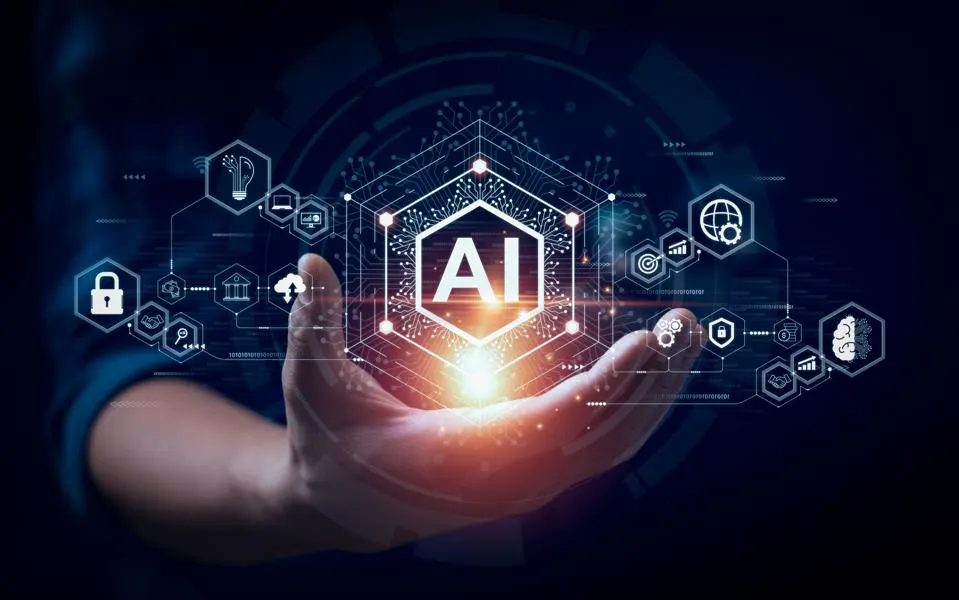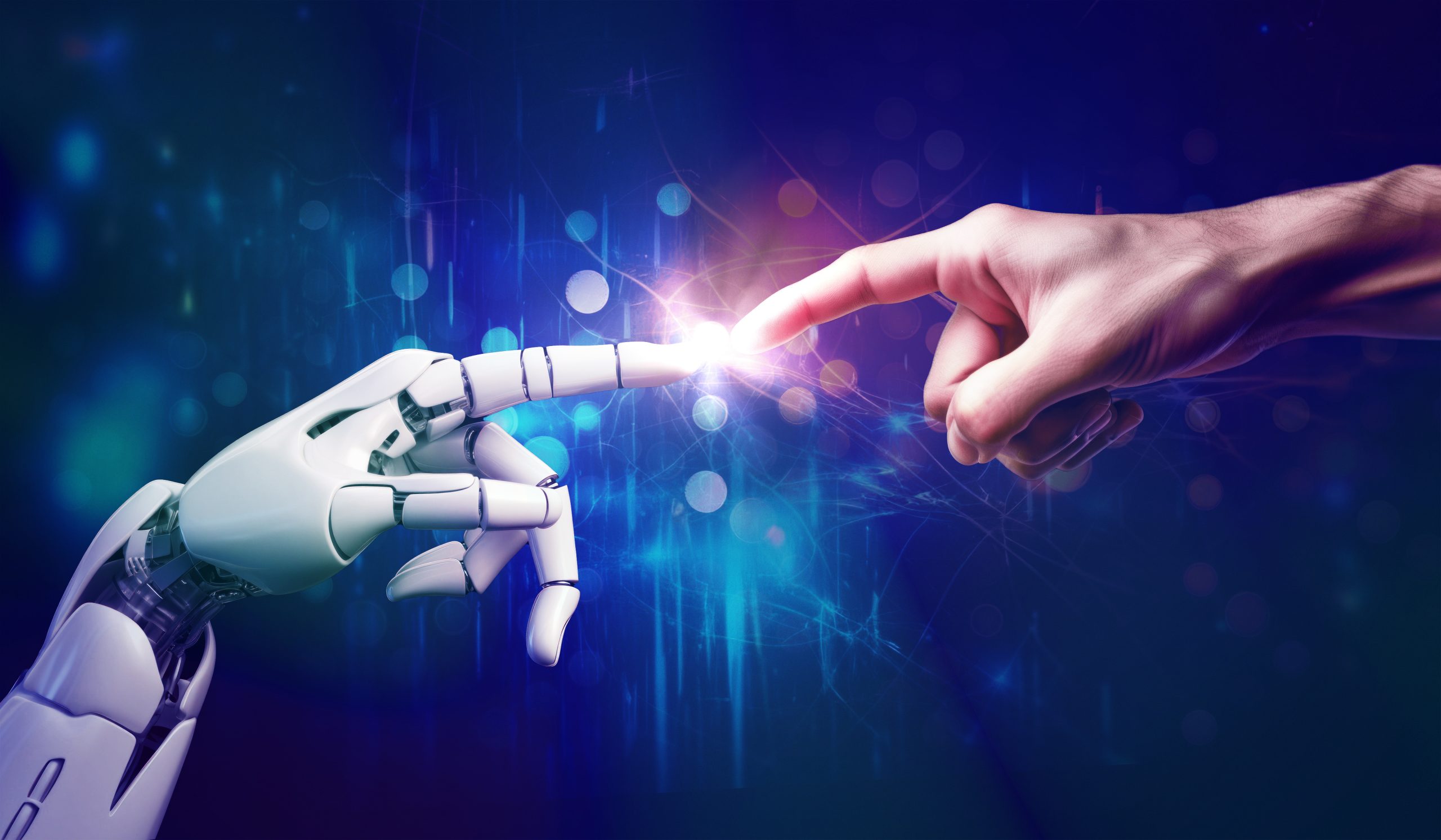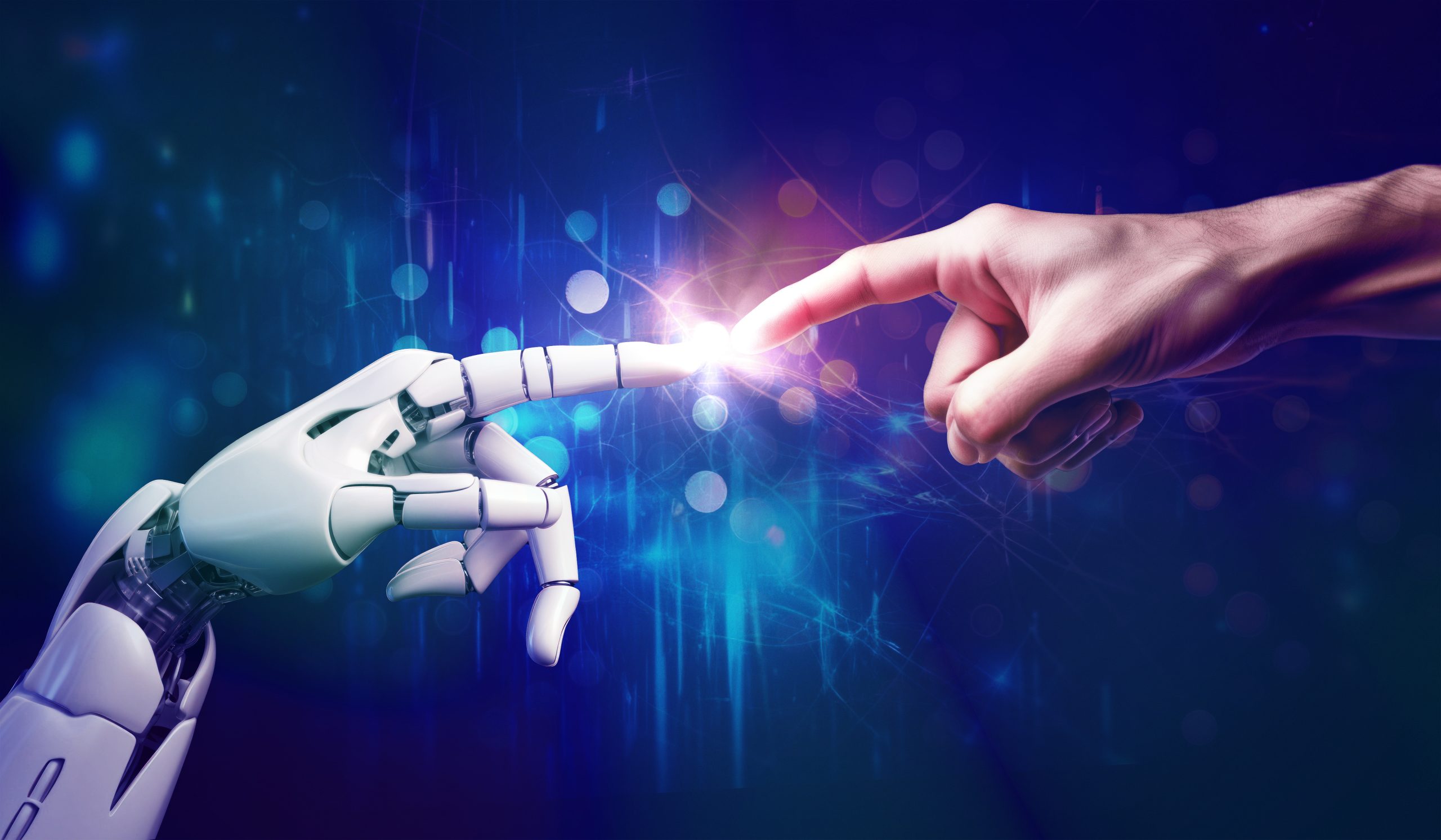How AI Is Revolutionizing Education: The Future of Learning Is Here

The education system is undergoing a transformation, and artificial intelligence (AI) is at the heart of it. What was once considered futuristic is now part of everyday learning. From smart tutoring systems to personalized lesson plans, AI is not just changing how students learn—it’s reshaping what it means to teach and to be taught.
So, what exactly is AI in education? How is it being used, and what does it mean for students, teachers, and the future of learning? Let’s dive in.

What Is AI in Education?
Artificial Intelligence refers to machines or systems that can perform tasks typically requiring human intelligence—like understanding language, recognizing patterns, or making decisions. In education, AI is applied in various ways:
-
Personalized learning platforms
-
Intelligent tutoring systems
-
Automated grading
-
Virtual teaching assistants
-
Predictive analytics for student performance
-
Language translation and accessibility tools
In simple terms, AI makes learning smarter, faster, and more customized to each student’s needs.
Personalized Learning: One Size No Longer Fits All
One of the biggest game changers AI has brought to education is personalization.
Traditionally, a teacher instructs 20–30 students at once, often using the same materials and pace. But not all students learn the same way or at the same speed.
AI-powered platforms—like Duolingo, Khan Academy, or Coursera—can now analyze how a student performs in real time and adjust the content accordingly. If a learner struggles with a concept, the system can slow down, offer extra examples, or suggest review exercises. If the student excels, it can offer advanced material to keep them challenged.
This level of individual attention—once possible only with private tutors—is now accessible at scale thanks to AI.
Smart Tutors and Virtual Assistants
Imagine a 24/7 tutor who never sleeps, always answers your questions, and knows exactly what you’re struggling with. That’s essentially what AI-powered tutoring systems are doing today.
These intelligent programs use machine learning to adapt to each student’s needs and deliver instant feedback. Some even use natural language processing to have conversational interactions with students—like a chatbot that helps with math problems or writing advice.
Virtual assistants can also help manage schedules, send reminders about assignments, or provide summaries of previous lessons. They can take a load off both students and teachers by handling repetitive tasks.
Helping Teachers, Not Replacing Them
A common misconception is that AI will replace teachers. In reality, AI is here to empower educators, not eliminate them.
Here’s how AI supports teachers:
-
Automated grading: Multiple-choice tests, quizzes, and even short answers can be graded by AI, saving time.
-
Lesson planning: AI tools can suggest resources, activities, and pacing based on the class’s performance.
-
Classroom management: AI can track student engagement and flag early signs of learning difficulties or absenteeism.
-
Professional development: Some platforms recommend training modules or reading material tailored to a teacher’s interests or classroom needs.
By handling routine tasks, AI gives teachers more time for what really matters—connecting with students, fostering creativity, and providing emotional support.
AI for Special Education and Accessibility
AI is making education more inclusive. For students with disabilities or learning differences, AI tools can provide customized support:
-
Speech-to-text and text-to-speech tools help those with visual or motor impairments.
-
Real-time translation and captioning make lessons accessible to non-native speakers or students with hearing challenges.
-
Behavior analysis tools assist in understanding students with autism or ADHD, suggesting ways to improve engagement and focus.
These advancements ensure that no student is left behind, creating a more equitable learning environment.
Data-Driven Insights and Predictive Analytics
With AI, schools and educators can gather and analyze data like never before. From tracking grades and attendance to monitoring participation and online activity, AI can identify patterns that may not be obvious at first glance.
This means educators can:
-
Predict student performance and intervene early if someone is at risk of failing.
-
Identify the most effective teaching strategies.
-
Understand classroom dynamics and tailor instruction accordingly.
While this may sound a little “big brother,” when used responsibly, data analytics can help improve outcomes and support student well-being.
Challenges and Ethical Considerations
Despite the many benefits, integrating AI into education isn’t without challenges.
-
Data privacy: Student data must be protected. Schools need strict policies around how data is collected and used.
-
Bias in algorithms: AI is only as fair as the data it’s trained on. If the data is biased, the AI can unintentionally reinforce inequalities.
-
Accessibility gaps: Not all schools have the infrastructure or funding to implement advanced AI tools, risking a digital divide.
-
Over-reliance: AI is a tool, not a substitute for critical thinking, creativity, or human connection.
That’s why it’s essential to use AI ethically, responsibly, and in partnership with human educators.


The Future of AI in Education
So, what’s next?
We’re likely to see AI becoming even more integrated into learning environments. Augmented reality (AR) and virtual reality (VR) powered by AI could simulate real-world learning experiences—from virtual science labs to historical reenactments.
Imagine students learning history by exploring ancient Rome in a virtual environment, guided by an AI historian. Or medical students practicing surgery in VR with AI feedback. These aren’t distant dreams—they’re already in development.
Additionally, as AI continues to improve language translation and real-time communication, global classrooms will become more feasible. A student in Kenya could collaborate with a class in Canada—seamlessly and instantly.
